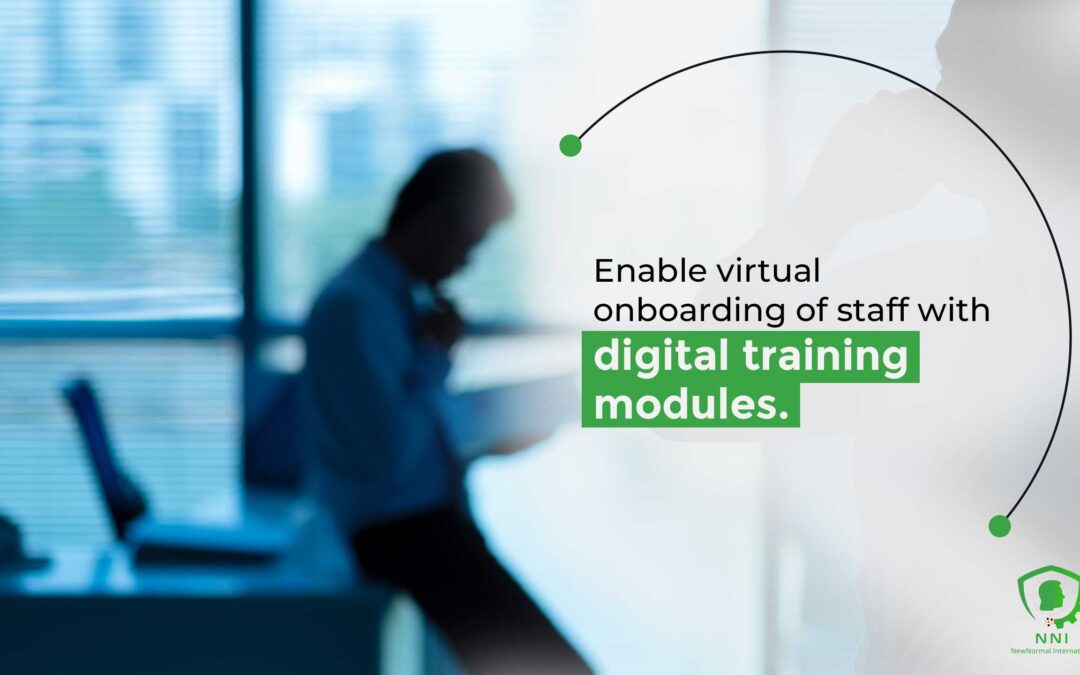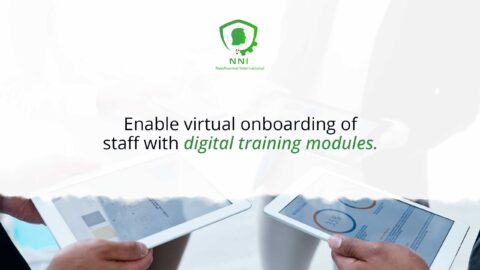Revolutionizing the Onboarding Process in the Digital Age
For businesses seeking to modernize their onboarding process, the ability to enable virtual onboarding of staff with digital training modules has become increasingly critical. This digital approach not only caters to the evolving workplace dynamics but also aligns with the growing need for remote and flexible work arrangements.
Optimizing Onboarding with Digital Solutions
The shift to virtual onboarding is a transformative step for businesses aiming to streamline the integration of new staff. Digital training modules serve as efficient and consistent platforms for delivering essential company information, job training, and cultural immersion. By adopting these digital tools, companies can ensure a comprehensive onboarding experience that is both scalable and adaptable to individual learning paces.
Change Management: Implementing Virtual Onboarding Systems
Integrating digital training modules into the onboarding process requires strategic change management. This shift involves more than just a technological upgrade; it represents a fundamental change in traditional onboarding methodologies. Executive coaching services can guide leaders through this digital transition, aiding in the design and deployment of effective virtual onboarding strategies.
Effective Communication: The Core of Digital Onboarding Excellence
In the realm of virtual onboarding, effective communication stands as the pivotal core, a make-or-break factor that determines the success of integrating new staff into an organization’s fabric. The essence of digital onboarding lies not just in the transmission of information but in the creation of an engaging, supportive, and interactive experience that resonates with new employees. Effective communication is what transforms digital onboarding from a mere procedural necessity into a strategic tool for building a robust, knowledgeable, and cohesive workforce.
As the first formal interaction that new employees have with an organization, the digital onboarding process sets the tone for their future engagement and commitment. Therefore, it’s essential that they receive clear, concise, and comprehensive instructions that guide them through the initial phases of their employment journey. Interactive modules that simulate real-world scenarios enable new staff to actively participate in their learning process, fostering a deeper understanding and retention of the information provided.
Moreover, effective communication within digital onboarding is a two-way street. It is not enough for organizations to simply provide information; they must also listen. Continuous feedback mechanisms are crucial for gauging the effectiveness of the onboarding experience and for addressing any concerns or questions that new employees might have. These mechanisms can take many forms, from surveys and quizzes to interactive forums and chatbots, each serving to ensure that new employees feel heard and valued from the outset.
Ultimately, the objective of effective communication in virtual onboarding is to instill new employees with a sense of belonging and purpose. When executed well, it enables them to understand their role within the larger organizational context, align with the company’s values and culture, and start their journey with confidence and clarity. In today’s digital-first work environment, mastering the art of communication in virtual onboarding is not just beneficial; it’s imperative for any organization seeking to attract, develop, and retain top talent.
Leveraging Digital Platforms for Seamless Staff Integration
Digital platforms offer dynamic and interactive onboarding experiences that can accelerate the integration of new staff into the company. With features such as virtual reality (VR) tours, gamified learning experiences, and real-time assessments, these platforms can enhance engagement and retention of crucial job-related information.
Project Management: Coordinating Virtual Onboarding Initiatives
Efficient project management is essential in the rollout of virtual onboarding initiatives. It involves planning, executing, and overseeing the development and implementation of digital training modules, ensuring that they align with company objectives and provide a solid foundation for new staff.
In conclusion, enabling virtual onboarding with digital training modules is a strategic investment that can yield significant benefits for businesses. It streamlines the onboarding process, supports remote work models, and can significantly improve the efficiency and effectiveness of staff integration.
#VirtualOnboarding #DigitalTraining #StaffIntegration #RemoteWork #OnboardingSuccess











